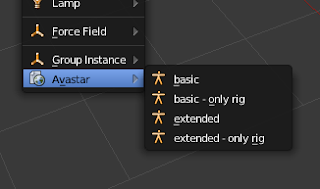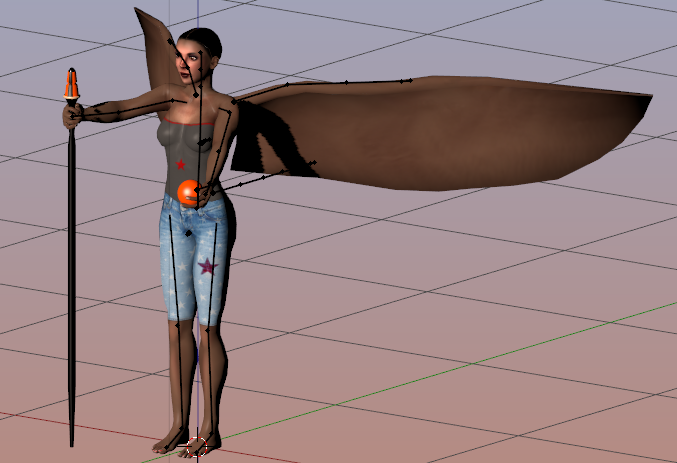
The inworld system avatar is clearly in one piece and is attached to a rig that has all 159 bones. If they’re rejoined, the vertex count and arrangement is identical to the pre-Bento BaseMale and BaseFemale, only taller and with longer arms. The post-‘Bento’ workaround so far has been to use that divided mesh, which creates seams and increases the vertex count. (by combining the dae data with avatar_skeleton.xml data from the viewer Character folder) The SL Wiki labels these files as “broken”, no exaggeration, though I’ve been able to repair them so that they’re usable, if limited, in Blender. They issued Maya-based dae files at in 2016 - the body in three pieces and not rigged to all the human mBones nor any of the collision “fitted” bones, such that Appearance sliders are limited. Since ‘Bento’, SL has not released a replica of the inworld avatar - same number of vertices, same rigging. The pre-Bento default Fitted “BaseMale” and “BaseFemale” avatars, available at in a variety of formats, are in one piece, with separate objects for the eyes - normal for game rigging - and they replicated the inworld default system avatar in 2014.
#BLENDER AVASTAR BENTO RIG ATTACHMENT RIG SKIN#
If that number is exceeded, “Include skin weight” in Upload Options is greyed out. The picture shows the rezzed avatar to the left (which looks as it should) and myself wearing the same model.The SL/opensimulator armature currently has 159 bones, but viewers limit mesh imports to 110 bones - the number of bones a mesh attachment can be rigged to.

The result is that my shoulders are distorted and the legs are standing apart. th mHip and mTorso bones are more positioned towards the back of the avatar.Ībout the import part: I am using Firestorm 4.7.5 on opensim 0.8.2, upload mesh as avatar shape, physics to lowest, include skin weight, include joint positions. I see that the MH skeleton has some different positions for some bones. It looks as if i have a MH shape following the avastar skeleton after that, but it still deforms inworld. positioning the avastar to match the Blender t-pose, snap to t-pose (i really do not know if i found the right thing there). I tried a workflow from the machinimatrix site to adapt "non-standard" shapes, i.e. Is there a special (maybe older) version of the opensim skeleton you are using?Īlso the t-pose doesnt match Blender's t-pose. The shoulders wont match, the legs are spread. whenever i try to follow this (or similar) tutorials, that tell how flawless the makehuman -> avastar -> opensim conversion works i end up with misshaped avatars. em/5807255)? SunTzu Posts: 5 Joined: Sat 9:17 am Location: Virginia Beach, VA, USA sh/5454253) or would it require any additional tools like the MayaFit Mesh Resizing System (. Has anyone tried bringing MakeHuman avatars into OpenSim or Second Life using MayaStar? Would I just need the MayaStar Rigging System for Fitted Mesh & Regular Mesh (. I've worked in Maya since 2005, so I find Blender a bit hard to adapt to the GUI even with Loki's suggested configuration for Blender. I purchased AvaStar months ago, but have been trying to get to familiar with Blender before using it. And the mesh isn't rigged, so that is only useful for having static characters in the environment. I can bring in the mesh, but have to manually apply textures as the viewer (tried with both Singularity and Firestorm) doesn't see the textures from the textures folder.

I have not had any luck yet in brining the avatars in as rigged mesh to my university's grid using that rig though. There is an OpenSim rig in the nightly unstable version 1.10 of MakeHuman for Mac. Go to Avastar, change the armature to fitted (classic will work too), select the armature and the mesh-avatar, bind the armature to your new mesh, delete the old body, select all parts, export.upload.ĭo you have to use AvaStar to bring MakeHuman avatars into OpenSim? In blender you may have to adjust the location of your new avatar. You might change it to jpeg.Ĭhanging to blender, first import your MakeHuman-Avatar (.dae), second the obj.Avatar. The finally exported texture works in blender and in Opensim too. You can apply textures and even photos here. Save often and pay attention that you keep your mesh simple, because Sculptris is very sensitive and crashes easily. In my example I added two spheres and modelled them. Now you import the obj-Avatar into Sculptris. You want to edit your avatar? You can do that in blender, but I prefer Sculptris.įirst import your MakeHuman-Avatar into blender, delete the eyeballs and everything else beside the body, export as obj-file.


 0 kommentar(er)
0 kommentar(er)
